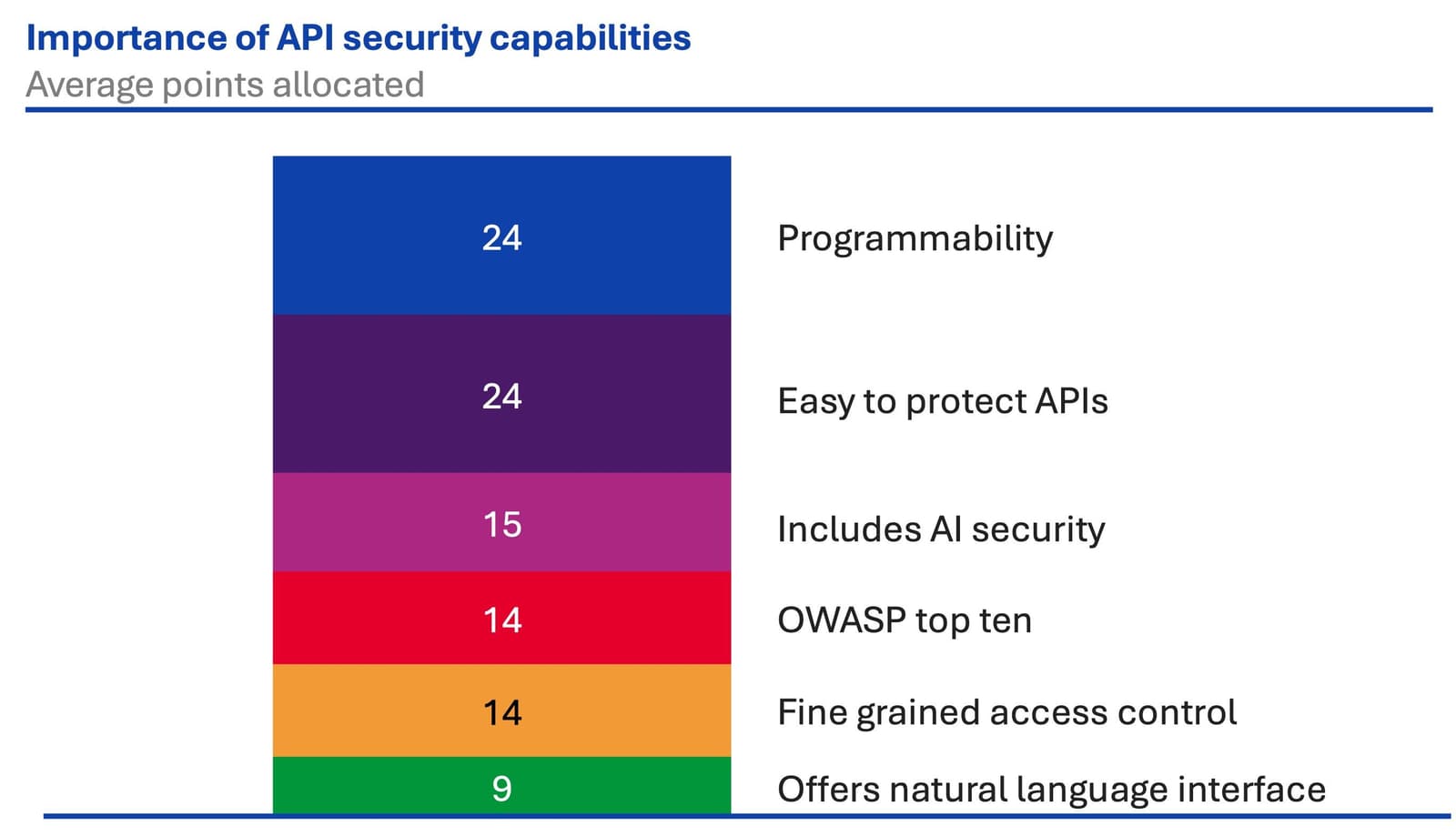Whether applications or APIs, traditional, modern, or AI applications, programmability is a key tool in the security toolbox for dealing with security issues.
One of the ways we keep applications and APIs safe is through testing for vulnerabilities and correctness before unleashing them on customers and partners. A popular technique for testing applications and APIs is fuzz testing.
Fuzz testing involves sending unexpected input—strings instead of numbers, special characters, too long, too short, etc.—to ascertain the API or application’s response. A robust implementation will handle these inputs by rejecting them as invalid. But just as important as testing input handling is testing the code that performs the input handling.
In other words, it’s not enough that the application or API logic rejects invalid input; the logic that checks for invalid input must also be robust.
Now, as is often the case in the world of application security, someone will devise an input that wasn’t expected or considered. We’ll ignore that a good number of input sanitization implementations are simply bad and pretend that they’re all robust and able to catch 99% of malformations.
Even with that utopian assumption, there’s always that 1% that no one considered. That’s one of the ways that zero-day vulnerabilities are born.
Sometimes they’re the result of a defect in the tech stack. Maybe it’s the web server, the app server, the GraphQL server. Maybe it’s in a connector to a data source, like a vector database used to support the increasingly popular retrieval-augmented generation (RAG) use case for generative AI. Or maybe it’s the arrival of AI inferencing vulnerabilities, like Probllama. The addition of a new tier within the broader application architecture means new vulnerabilities, after all.
These are the vulnerabilities that lead to panic on the Internet. They gave us Apache Killer (2011), HeartBleed (2014), Spectre and Meltdown (2018), and Log4Shell (2021).
These were unforeseen vulnerabilities. Developers, SecOps, DevSecOps, and QA could not be expected to anticipate them. They really couldn’t.
Irrespective of the lack of prescience on the part of developers and security professionals, when a zero-day vulnerability appears, something needs to be done. Especially if an organization would be vulnerable because it’s running the technology in question. That’s what pushes risk into threat, and threats need to be neutralized.
That’s where programmability of application services enters the chat.
Programmability of application services is nothing new. Organizations have been using programmability since the early days of the Internet to implement a variety of solutions.
The most common uses of programmability in the data path include:
- Security: Programmability is vital for mitigating zero-day threats and addressing emerging security risks.
- Application mediation: Facilitates seamless user experiences during application upgrades and migrations, supports modernization, and integrates new APIs cost-effectively.
- Service orchestration: Integrates workflows and third-party services into applications without user disruption, expediting time to market.
- Availability: Supports load balancing and modern delivery practices like canary deployments and A/B testing.
We know these are common because our internal data tells us they are. More than 70% of our customers use programmability daily for a wide variety of solutions. Some of them are focused on security.
So it was no surprise when we surveyed the market in general and found programmability at the top of important technical capabilities for API security.

The versatility of an API security solution that supports programmability is virtually limitless. And while F5 certainly pioneered the capability, it’s become a market staple for application services in general. There are very few application services—and particularly, those focused on securing applications and APIs—that do not provide programmability as part of their core capabilities.
That’s because programmability is the basis for mitigating zero-day threats and enabling organizations to more deliberately design patch plans that impact a significant percentage of their systems.
Programmability does, well, just about anything. But in the realm of security—especially API security—it is not just a “nice to have.” It’s a must have.
For more API insights, check out our State of Application Strategy Report: API Security.
About the Author

Related Blog Posts

Multicloud chaos ends at the Equinix Edge with F5 Distributed Cloud CE
Simplify multicloud security with Equinix and F5 Distributed Cloud CE. Centralize your perimeter, reduce costs, and enhance performance with edge-driven WAAP.
At the Intersection of Operational Data and Generative AI
Help your organization understand the impact of generative AI (GenAI) on its operational data practices, and learn how to better align GenAI technology adoption timelines with existing budgets, practices, and cultures.
Using AI for IT Automation Security
Learn how artificial intelligence and machine learning aid in mitigating cybersecurity threats to your IT automation processes.
Most Exciting Tech Trend in 2022: IT/OT Convergence
The line between operation and digital systems continues to blur as homes and businesses increase their reliance on connected devices, accelerating the convergence of IT and OT. While this trend of integration brings excitement, it also presents its own challenges and concerns to be considered.
Adaptive Applications are Data-Driven
There's a big difference between knowing something's wrong and knowing what to do about it. Only after monitoring the right elements can we discern the health of a user experience, deriving from the analysis of those measurements the relationships and patterns that can be inferred. Ultimately, the automation that will give rise to truly adaptive applications is based on measurements and our understanding of them.
Inserting App Services into Shifting App Architectures
Application architectures have evolved several times since the early days of computing, and it is no longer optimal to rely solely on a single, known data path to insert application services. Furthermore, because many of the emerging data paths are not as suitable for a proxy-based platform, we must look to the other potential points of insertion possible to scale and secure modern applications.
